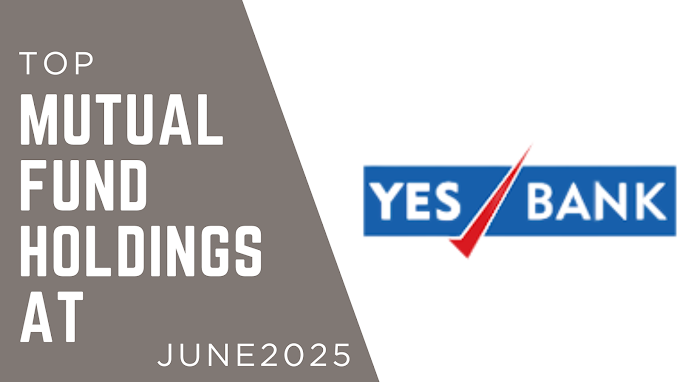📉Titan's Recent Fall-What Triggered It?
A beloved gem in many investment portfolios, recently made headlines for the wrong reasons. Despite a solid business update for Q1 FY26, Titan's share price plunged nearly 5% on July 8, 2025, closing around ₹3,490.
This fall surprised many, considering:
- Overall sales grew ~20% YoY, with international business soaring by ~49%.
- Strong segment growth: Watches (+23%), CaratLane (+38%), and jewelry (+17–18%).
- Retail expansion: 10 new stores added, now operating 3,322 domestic and 31 international outlets.
📚 Table of Contents
- 📉 Titan's Recent Fall — What Triggered It?
- 🧭 Mutual Fund Exposure: How Deep is Titan Embedded?
- 🧠 What Are Fund Managers Doing?
- 🪙 Should You Be Worried as a Mutual Fund Investor?
- 📌 Key Takeaways
- 🔮 What’s Next?
- 🙋♂️ FAQs About Titan Company
So, why did the market react negatively?
- The main disappointment came from lower-than-expected jewelry growth. Analysts were expecting ~25% YoY growth, but Titan reported ~17–18%.
- Volatility in global gold prices also impacted consumer buying sentiment.
- Titan trades at a high P/E (~93x)—leaving little room for error in investor expectations.
🧭 Mutual Fund Exposure: How Deep is Titan Embedded?
Titan isn’t just another large-cap stock—it's a core holding in several top-performing Indian mutual funds:
- Kotak Arbitrage Fund, HSBC Liquid Fund, ICICI Pru Corporate Bond Fund, and more have 1.7–2.5% allocation to Titan in their portfolios.
- In some cases, these funds increased exposure to Titan over the past quarter, indicating continued long-term confidence.
| 3 Mutual Funds Name | Amount Invested in TITAN |
|---|---|
| Kotak Arbitrage Fund | ₹754.45 Cr |
| HSBC Liquid Fund | ₹499.18 Cr |
| ICICI Pru Corporate Bond Fund | ₹431.44 Cr |
When Titan stumbles, these funds feel the tremor too. Following the recent price dip, NAVs of certain equity mutual funds took a hit in the range of 2–4%, depending on exposure.
🧠 What Are Fund Managers Doing?
Different fund houses are taking different approaches:
- Some are trimming Titan exposure, reallocating funds to mid-cap or defensive sectors to manage risk.
- Others see the dip as a buying opportunity, confident in Titan's brand strength, market leadership, and international expansion.
Notably, no major fund has completely exited Titan, reflecting a belief in its long-term story.
🪙 Should You Be Worried as a Mutual Fund Investor?
Here’s a simplified take depending on your investment horizon:
✅ Long-Term Investor (3+ years)
- Stay put: Short-term dips are part of equity investing.
- Titan remains a strong business with consistent growth and a dominant retail brand.
- Mutual fund managers are not panicking; neither should you.
⚠️ Short to Medium-Term Investor (1–2 years)
- Monitor NAVs and fund strategy: Titan's high valuation and current volatility may impact near-term returns.
- If you're in funds with heavy Titan exposure and concerned about risk, consider diversifying into funds with broader sectoral spread.
📌 Key Takeaways
- Titan's Q1 business update was good—but not great enough to match lofty market expectations.
- Mutual funds with Titan holdings saw short-term NAV drops, but the long-term thesis remains intact.
- Fund managers are largely holding firm, with selective rebalancing.
- For most mutual fund investors, especially long-term ones, there's no need to react impulsively.
🔮 What’s Next?
Titan is set to announce earnings on July 30, 2025. If jewelry sales rebound—especially during the festive season—and gold prices stabilize, the stock could recover, lifting associated fund NAVs.
Until then, patience and portfolio balance are your best allies.
Investor Tip:
Review your fund’s latest fact sheet or portfolio disclosure. If Titan consistently ranks among the top 5–10 holdings, track its performance closely and watch for any fund house commentary on strategy changes.
FAQs related to Titan’s share price dip and its impact on mutual fund investors:
❓ 1. Why did Titan shares fall recently?
Titan shares dropped nearly 5% due to lower-than-expected jewelry sales growth (17–18% vs. expected ~25%), along with concerns over gold price volatility and its impact on consumer demand.



.png)





